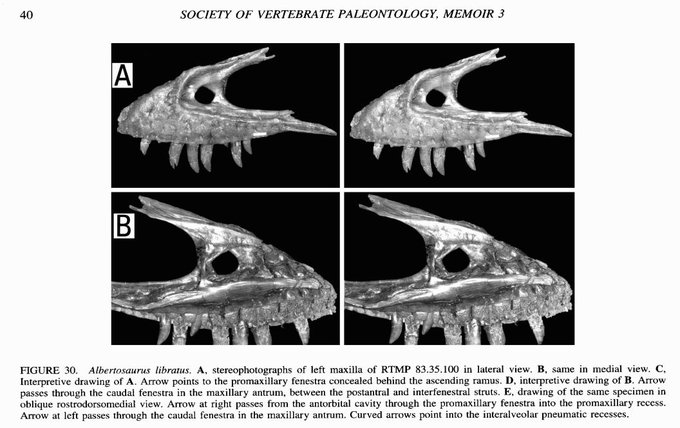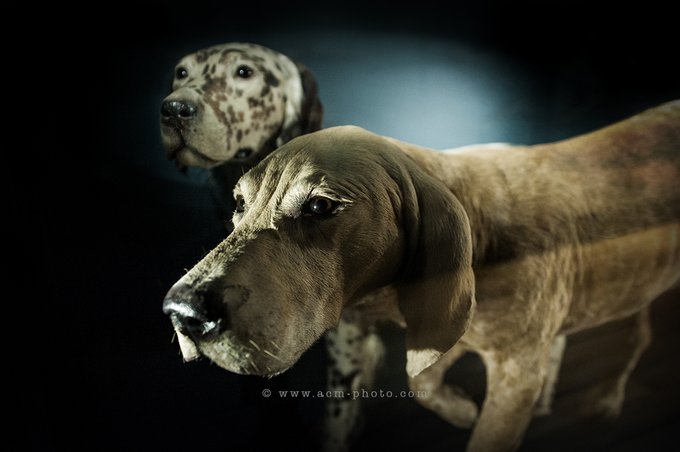specimensのTwitterイラスト検索結果。 718 件中 16ページ目
On to the second kind of ichthyosaur I drew: the Undorosaurus relative. Two specimens of a distinct-but-yet-unnamed genus of ichthyosaur resembling Undorosaurus are found at the site. This suggests these ichthyosaurs come from a lineage that moved south from the boreal realm…
What kinda of monsters lurk in the dark? Dark Monsters of course! Is there possibly something more to them? Why yes! Seems that Rare specimens of these Extraordinary Monsters do exist thanks to the revolutionary discovery of the Rare Staclavmite.
DO NOT EAT!
Today’s festive specimen is this herbarium sheet of holly (Ilex aquifolium) that has been used as a symbol of Christmas since medieval times. While the leaves of some holly species are used to make tea, the berries are toxic to humans.
#festivespecimens @NHM_Botany
@Ninjemys @RoyalTyrrell Thanks for chiming in, Jason (@Ninjemys). I'd indeed like to think that the antorbital fenestra and its function has been pretty well understood for almost 25 years (https://t.co/rCWrSWTlvQ—there's even RTMP specimens!)...altho' there's always more work to be done.
Two very pretty boys with delightfully complimentary colour schemes! These fine specimens belong to @SuperSahama & @RoroTheDeer courtesy of @RomeyLion 🧡🦊💙🦌
Its been an exact year to date since this wonderful specimens first appearance in a public update 💚💚🥺
🎉 12 HOURS REMAIN! 🎉
Only half a day left until our shop closes! And with daylight savings here the monsters will be coming out sooner rather than later! Keep your eyes peeled around every dark corner for future research specimens!
Get a copy here!
https://t.co/BhjnxJvO5i
The gharial specimens we studied both showed nasal septum deviation, but to very different degrees. Comparing nasal septum thickness in gharials to other crocodylians, it was pretty clear that gharials sacrificed septum width to make room for everything else in their snouts.
Day #23 Concornis Colouration
.
Yeah sorry Alex I actually did collect two specimens that showed colour lmao, should've asked me, that's on you ¯\_(ツ)_/¯
.
#scientificillustration
Madre de la Culebra, literally "mother of the snake" is a longhorned beetle and it is the largest species of beetle in Chile. The male measures 5–6 cm, the female is black and measures between 8–9 cm on average, although specimens exceeding 12 cm in length have also been found.
A couple of playful Tupandactylus navigans fly past some lenticular clouds. The incredibly preserved fossil of this Cretaceous pterosaur was confiscated during a police raid in Brazil in 2013, along with thousands of other specimens. #DrawDinovember #DrawDinovember2021
One of the most famous Cabinet of Curiosities was that of Dutch apothecary Albertus Seba, who spent decades collecting specimens. He then hired artists to make illustrations of it that were published in his book 'Locupletissimi rerum naturalium thesauri.' https://t.co/RWjkQYxevH
The Snail-eating coua (Coua delalandei) lived on the island of Nosy Boraha near Madagascar, and went extinct during the 1800s. These watercolours include both the final illustration and a colour study based on the few remaining museum specimens.
@NFTatitsbest @_BilliBillions @BoredMummyWU If you like Specimens, maybe you could take a look at my @SpecimenXXX & @SpecimenYYY collections 🤗
Thank you very much for your time🙋🏼♂️🙏🏻
Some pieces:
Taxidermy specimens can appear to be living, and when they are photographed, the fact that they aren't moving is hidden. Our new free #AnimalAfterlivesExhibition by Alexandra Murphy explores that relationship between #taxidermy and #photography. 📷🐩
https://t.co/i76fKzBIQ0
Remember legendary naturalist Alfred Russel Wallace #OnThisDay. Wallace co-discovered evolution through natural selection during an 8-year journey through Southeast Asia, a trek that spanned over 14,000 miles and resulted in the collection of over 125,000 specimens.
@archaeoraptor @HBivittatus Cool thing is you can actually see the beginnings of this change in juvenile specimens of lambeosaurines (like this Parasaurolophus). The nasals start out at on the top of the premaxillae, and then as the animal matures, that's when they get pushed under.
"And if you look over to your left you can see two prime specimens fighting over the right to breed--"
might stream tonight 🤔 got some special… special games planned >:)
#specimenSMP #streamtonight #minecraftstreamers































































